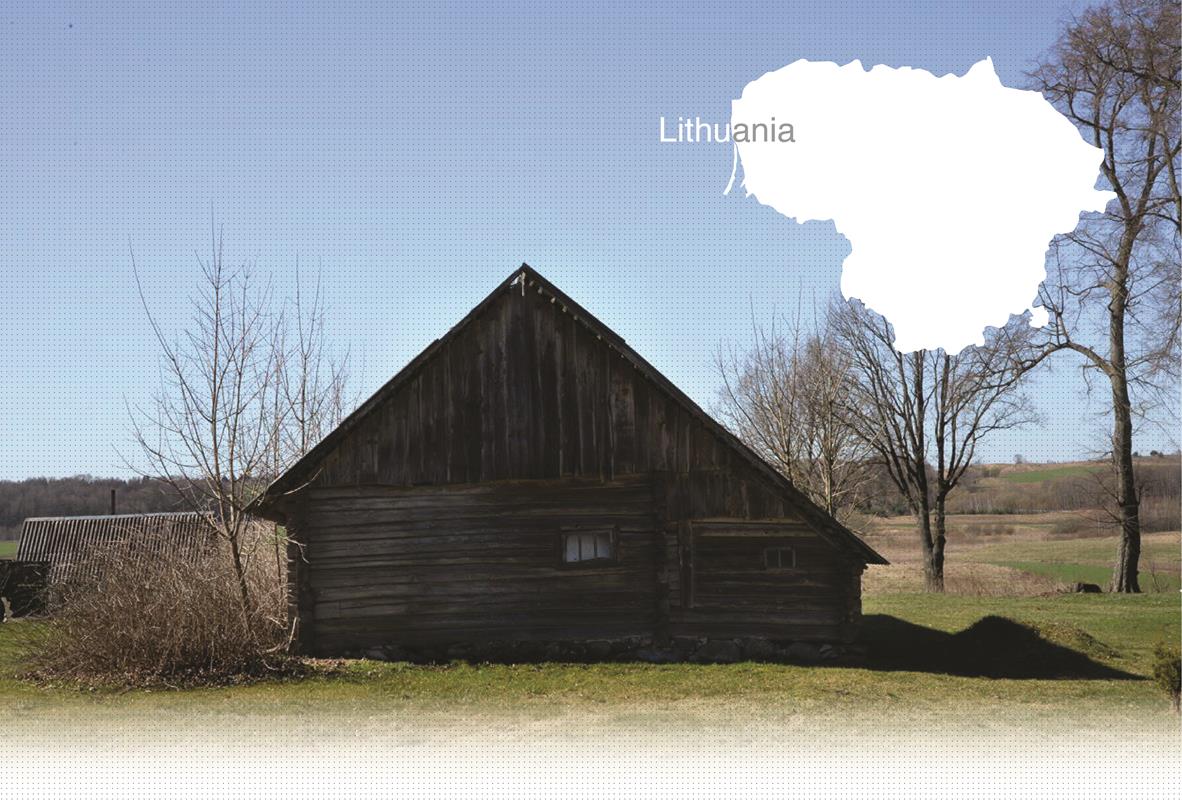

1 Killing site(s)
Bronislawa, born in 1933, recollects: “All the Jews were shot within the first year. Later, the Germans were asking around if there were any Jews left. People used to snitch on each other. In Žuvyčiai, the Germans found a person who hid Jews. They were all taken to the nearby forest. The Jews were shot and the person who provided shelter was acting crazy after that scene. They wanted to shoot him too, but they didn’t. There was one Lithuanian serving the Germans so he stood up for him. There was a notice saying that all the members of the family would be shot if someone was hiding Jews. But people still hid them and saved them. (Witness N°6, interviewed in Semeliškės, on September 19, 2013)
"150-200 meters northwest of the Bovshi farmstead, in Semeliškės volost of Trakai Uyezd, there is a fenced cemetery that contains the remains of 1020 civilians brutally tortured and shot by German fascist monsters. At the end of September 1941, about 1000 men, women and children were brought by the Germans to the place mentioned above under heavy escort. Victims were undressed about 50 meters from the ditch, beaten with sticks, then blindfolded and shot. They were shot in groups of six people. Sick victims were thrown from the cart into the pit and shot inside the pit. In this way, from 10 AM until 6 PM, 1020 men and women were shot. Screams and moans could be heard from 2-3 kilometers away." [Local government commission report, compiled on August 27, 1944, RG-22.002M.7021-94/438]
Jews started settling in Semeliškės in the 18th century. The town developed throughout the 19th century and became a regional center. Local Jews were engaged in trade, light industry and crafts. Their business suffered after WWI, when the Vilnius region was occupied by Poland and trading connections were cut off. However, during the interwar period, the Jews of Semeliškės operated a dozen shops, several bakeries, a pharmacy, a restaurant and a brickyard. There was also a synagogue, a religious school (Yavne) and a Jewish meeting house in the town. At the beginning of WWII, the Jewish population of Semeliškės expanded to 500, because 200 Jewish students moved there from occupied Poland.
Semeliškės was occupied by German forces in June 1941. The next month, following the order of German authorities, the Jewish community of Semeliškės elected a Jewish Council (Judenrat), but a ghetto was created in the town only in the beginning of September. Several Jews were killed during the summer, and their property was looted. On September 22, 1941, several hundred Jews from Vievis and Žasliai were brought to the Semeliškės ghetto, which included the synagogue, school and several other large buildings. Both local Jews and new arrivals were exterminated on October 6, 1941, the first day of Sukkot. Members of the Special Squad arrived from Vilnius to carry out the execution, while local policemen escorted the victims from the ghetto to the mass grave. According to Karl Jäger’s report, 962 Jewish men, women and children were shot that day.
Do you have additional information regarding a village that you would like to share with Yahad ?
Please contact us at contact@yahadinunum.org
or by calling Yahad – In Unum at +33 (0) 1 53 20 13 17